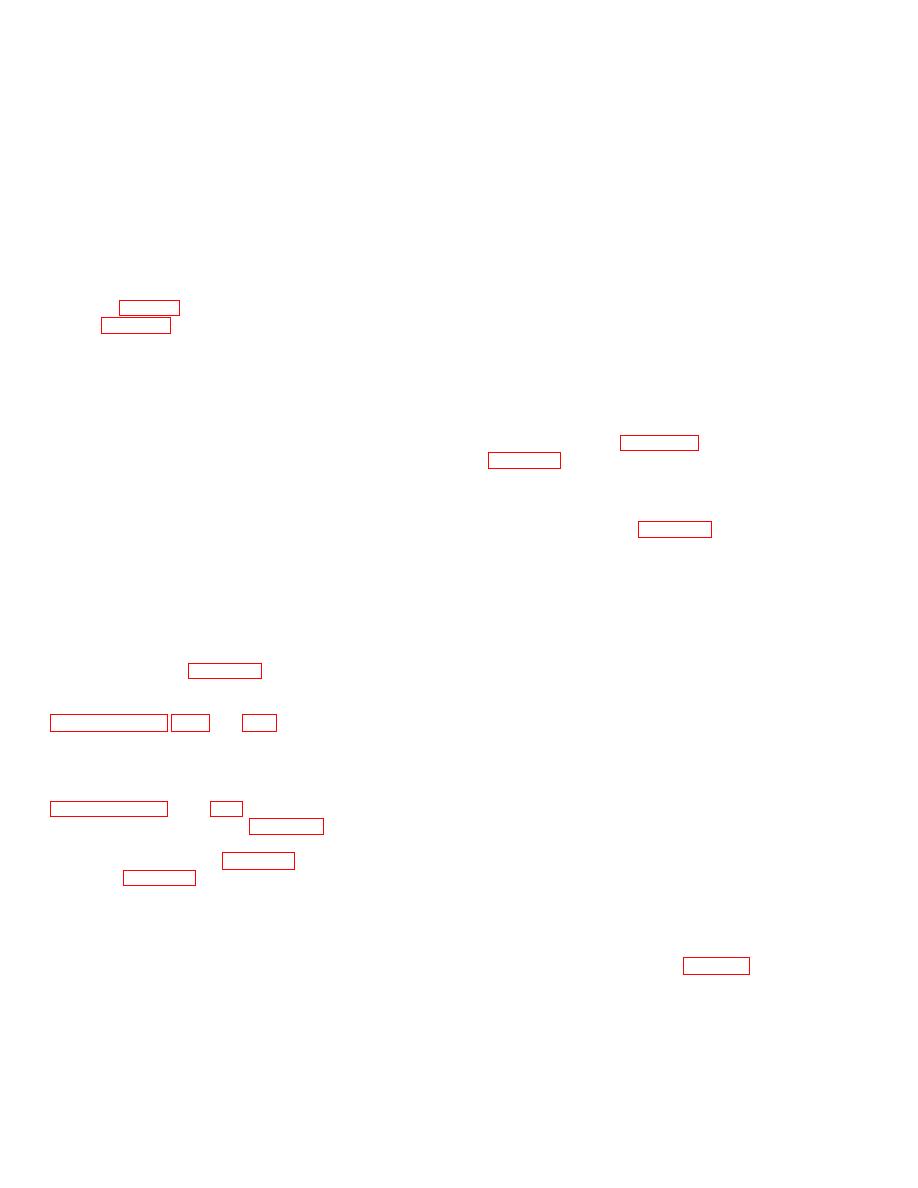
| Tweet |

Custom Search
|
|

|
||
 h.
Diesel Engines.
Check propulsion and
NOTE
auxiliary set diesel engines as follows:
Between 40 and 50 psi air pressure is
(1) Check level of oil in crankcase.
required to operate the siren alarm
(2) Check level of cooling water in engine
and heat exchanger expansion tank.
(c) Open ships service air valve and
(3) Open valves in fuel oil supply and return
the siren alarm should sound.
lines between engine and day tank.
(d) Repair or replace a defective siren
(4) Bleed all air from fuel system.
alarm.
(5) Assure that circuit breaker on main
(e) When test is complete, turn off air
electrical control panel is disengaged (for auxiliary set
valve, disconnect air line from siren, and reconnect C02
engines).
line to siren alarm.
(6) Assure that all engines are free of tools,
b. Electrical Power. Inspect the electrical system
waste, or other foreign matter, and that all accessories
by checking all switch operation and fuse or circuit
are installed.
breakers (fig. 2-5). Align shore power to main control
(7) For auxiliary set engines, see that
panel (para 2-2j), then energize circuits immediately
starting battery is fully charged; water level in cells is i/4
required. Energize additional circuits as required.
in. above plates; and terminals are clean and securely
c. Hull. Inspect engine room and interior of the
fastened.
hull for leaks. Check all piping system connections,
(8) For propulsion engine, drain all
inspect all sea valves closely for visible signs of
condensate from air supply lines before starting.
leakage. Check lubricating oil system for possible leaks
i. Air Compressors and Tanks. Align compressed
around crankcase, oil tanks, oil filters, oil coolers, or
air system valves (para 2-21). Start air compressors
lines. Inspect fuel oil system for leaks with particular
attention directed at connecting hose. Trace all leaks to
j. Fire Pump and Bilge and Ballast Pump.
their source, without regard to system, and correct or
Inspect packing in pump packing glands. If packing is
report them to general support maintenance for
dried out, do not run pump until fresh packing has been
replacement. Carefully remove all signs of fuel or oil
installed and adjusted (para 5-31)
drippings by wiping them clean immediately after
k.
Lubrication.
All components requiring
corrections have been made. Direct members of crew
lubrication will be lubricated in accordance with the
to begin moving stored equipment interfering with
current lubrication order.
working or berthing areas to its proper location.
l. Hull Fittings. Inspect all hull fittings as follows:
d. Ventilation. Remove all preservatives, covers,
(1) Inspect watertight doors, hatches,
or devices from ventilation supply and exhaust blowers.
manhole covers, and window (portholes) for
Turn each blower fan by hand to assure free movement.
watertightness.
Check for freedom and ease of
Lubricate duct closure devices, then start all blowers of
operation.
ventilation systems (para 2-16).
(2) Inspect anchor and chain in accordance
e. Storage Tanks. Fill all fuel oil, lubricating oil,
with TM 55-501.
water storage and day fuel tanks as described in
(3) Inspect all towing bitts and mooring
fittings for serviceability.
and align valves in accordance with tables called out in
m. Missing Parts. As inspection and service
indicated paragraphs.
progresses, all missing or defective parts will be listed,
f. Water Systems. Align valves for drainage of
verified, and placed on order. Equipment with missing
showers, sinks, and water closet as described in
parts will be prominently tagged, at the starting control,
to prevent operation until parts have been received and
sanitary pressure set pumps (para 2-24).
installed.
g. Heating System (in Applicable Weather ). Fill
system with fresh water (para 2-24). Vent and align fuel
oil valves (para 2-12).
Section II. REPAIR PARTS, SPECIAL TOOLS AND EQUIPMENT
and organizational maintenance on the tug are listed,
4-3. Tools and Equipment
and their use is described on table 4-1.
The special tools required to perform operator/crew
4-3
|
||
 |
||